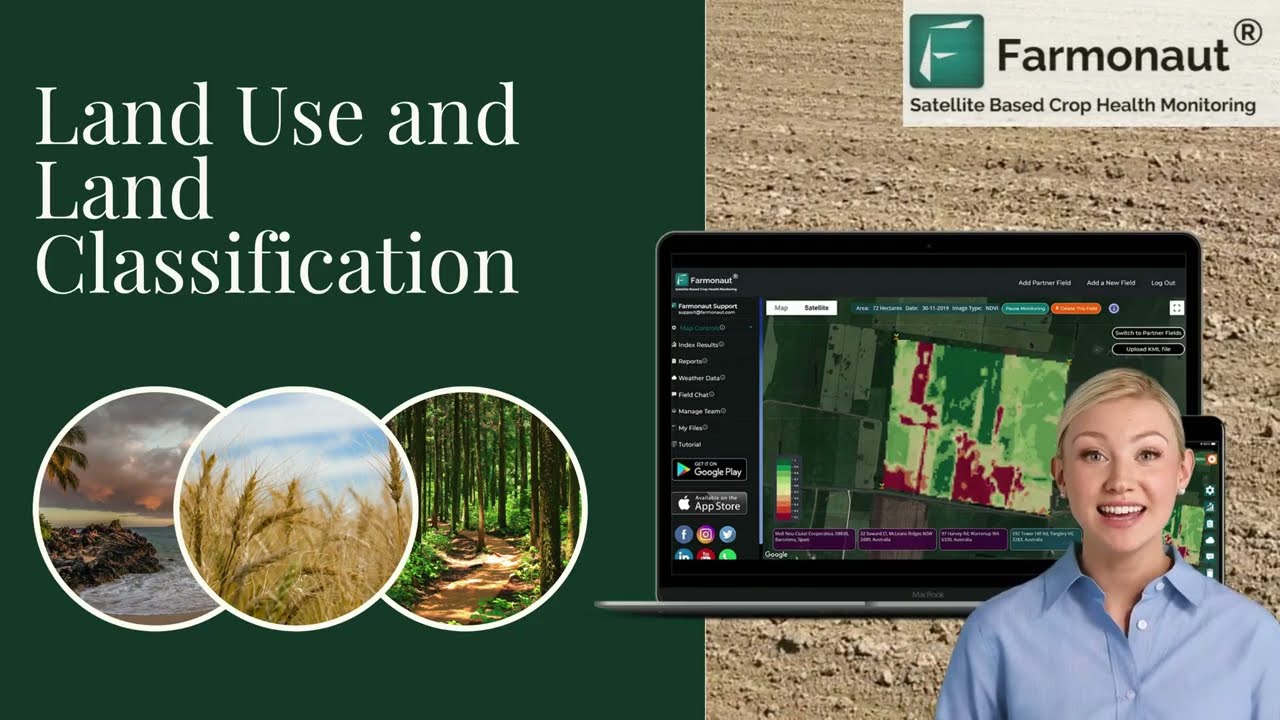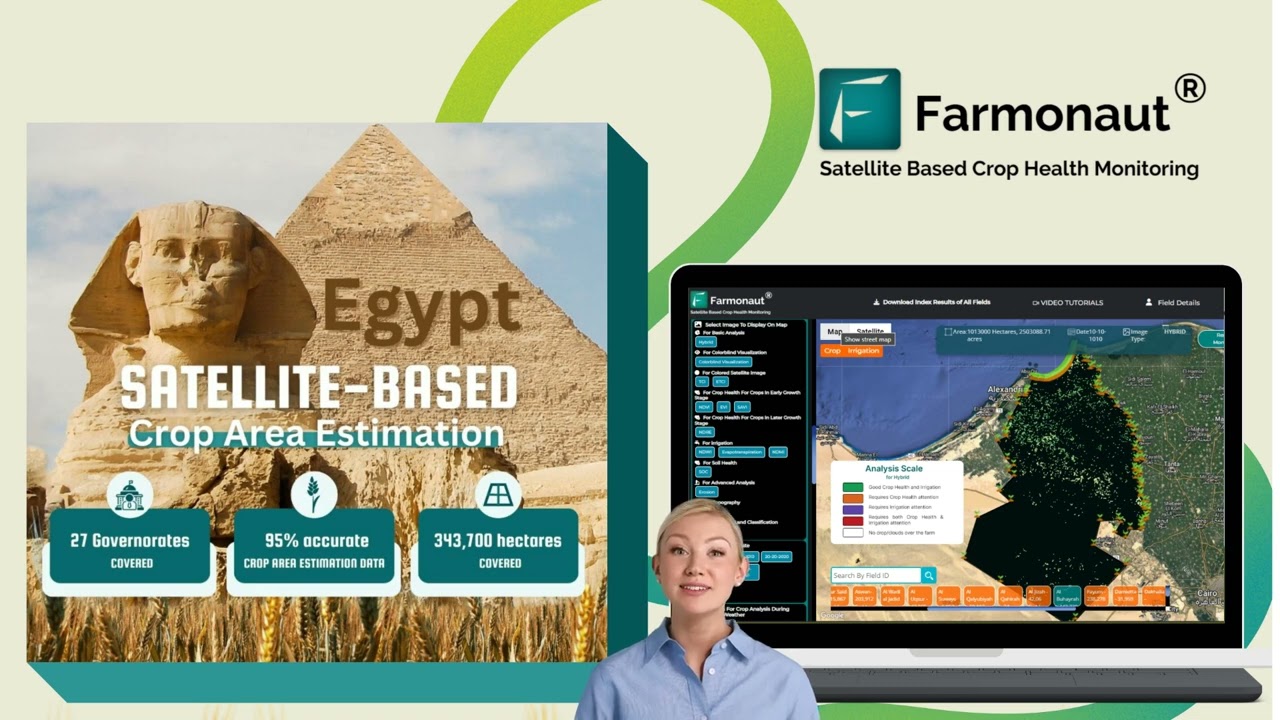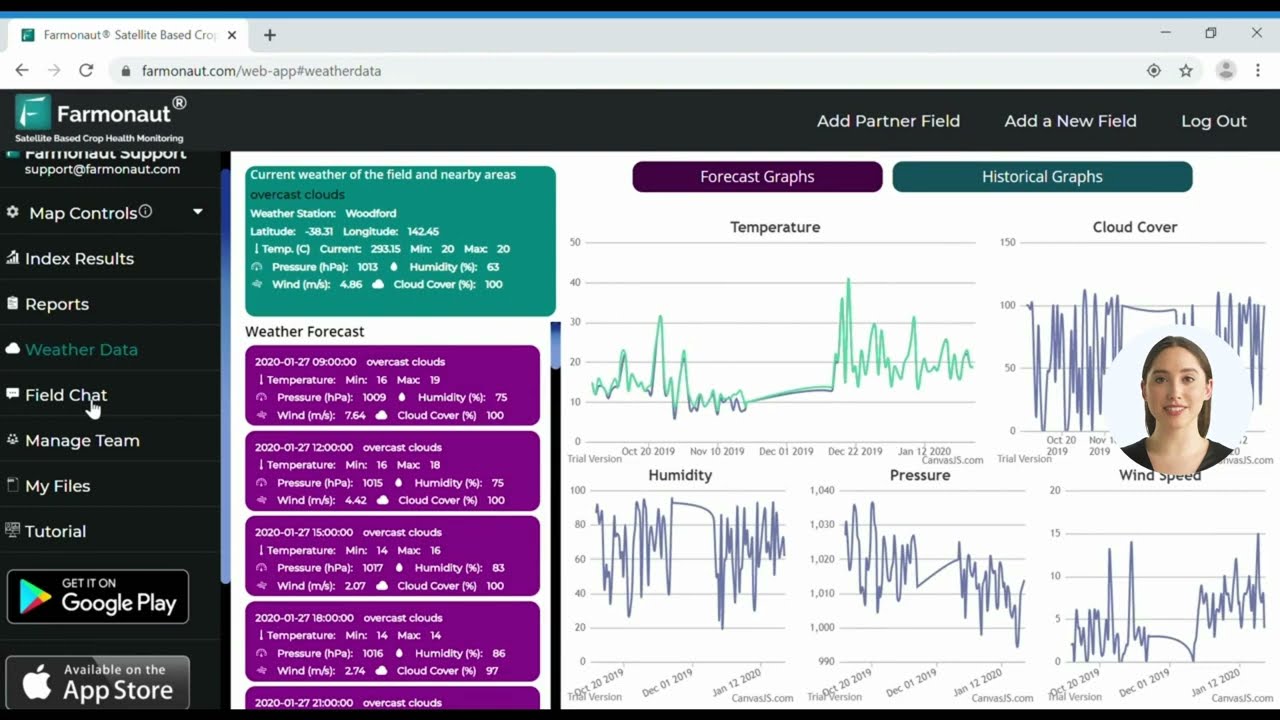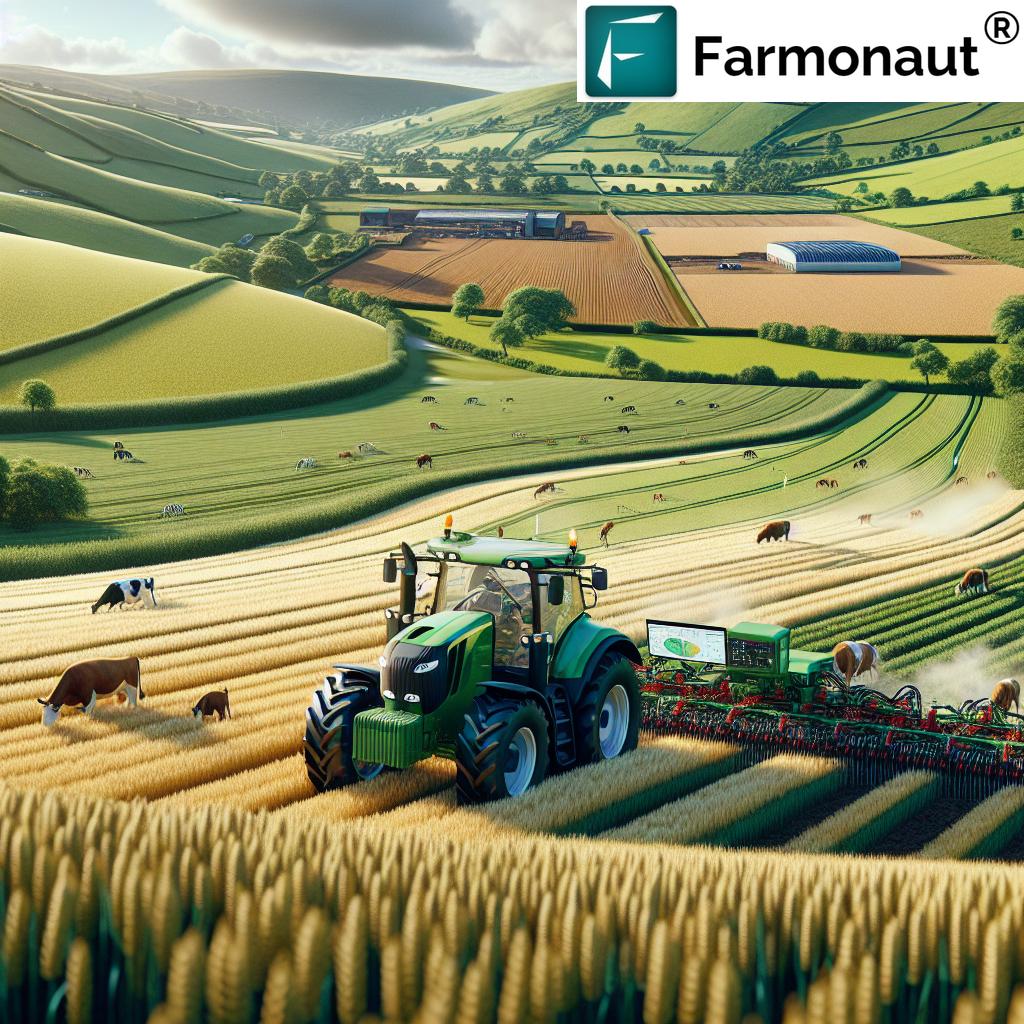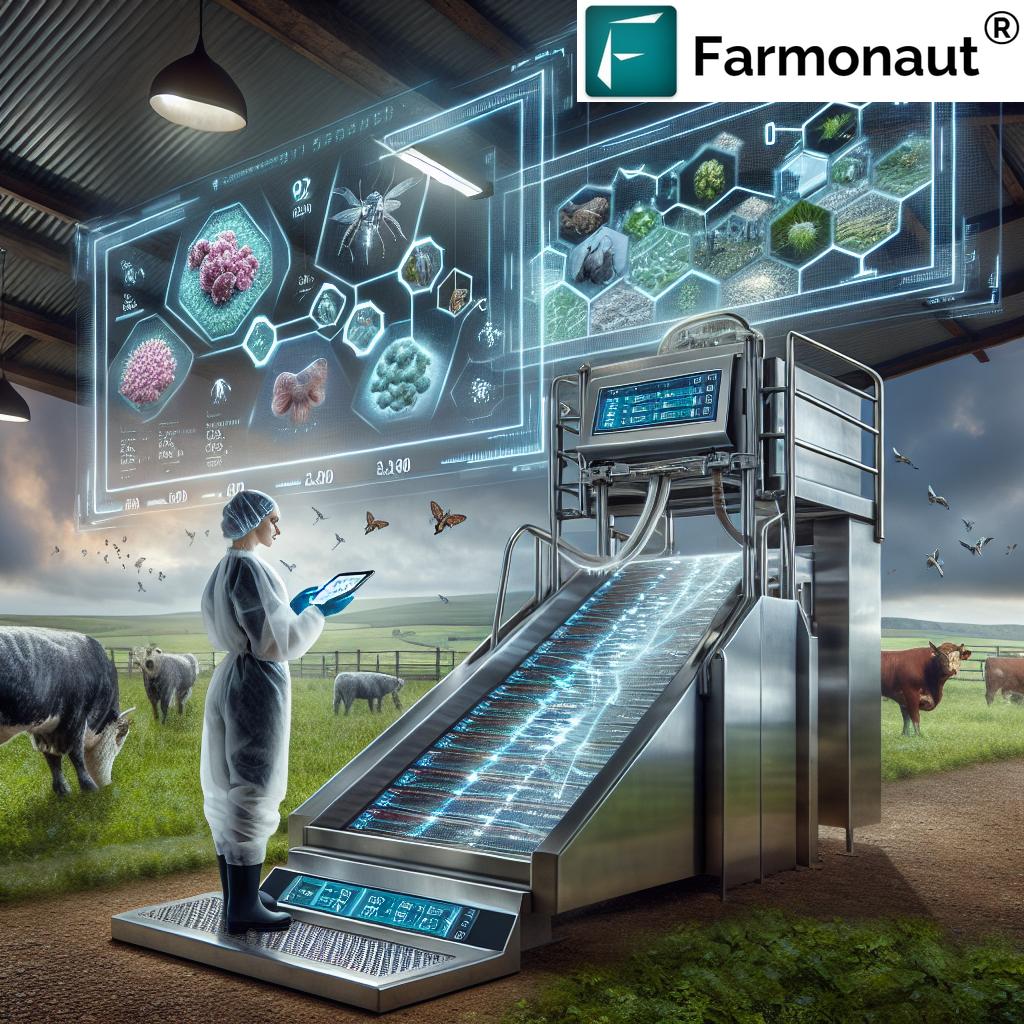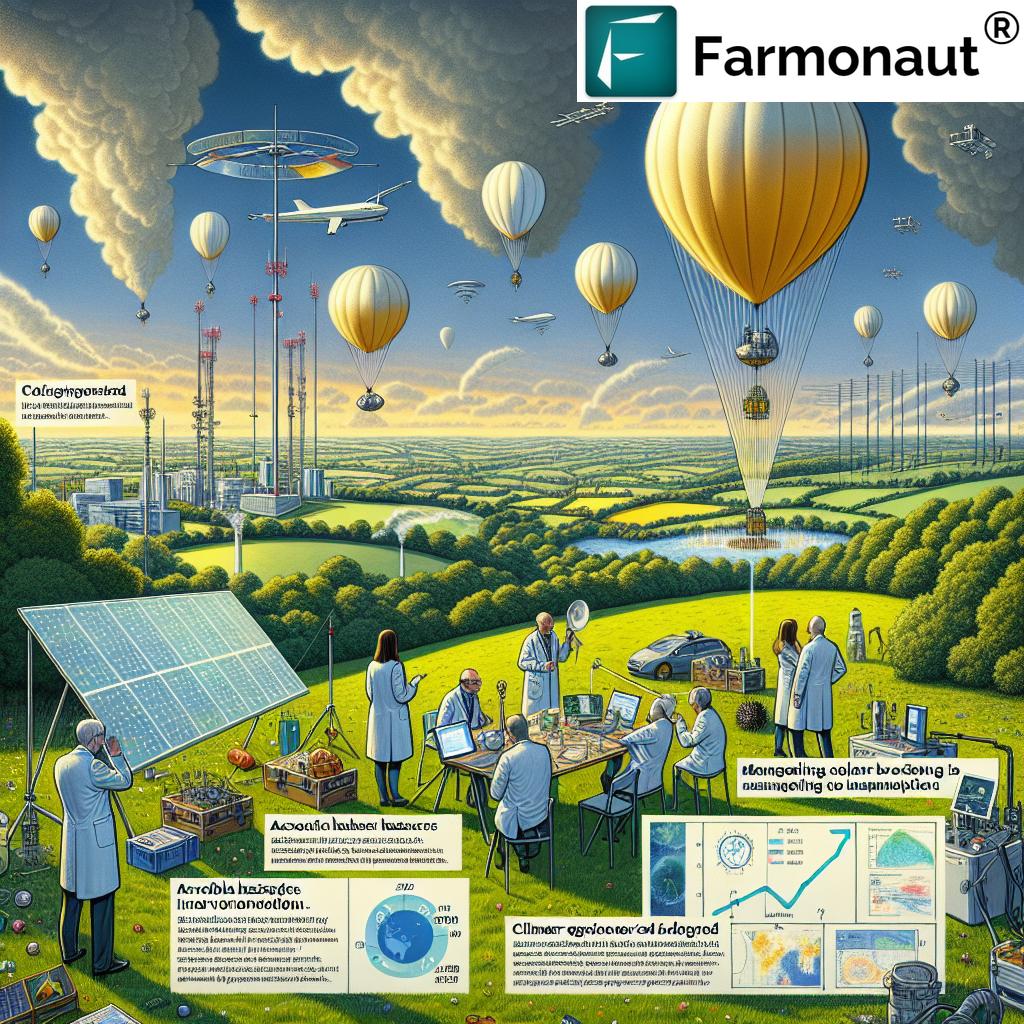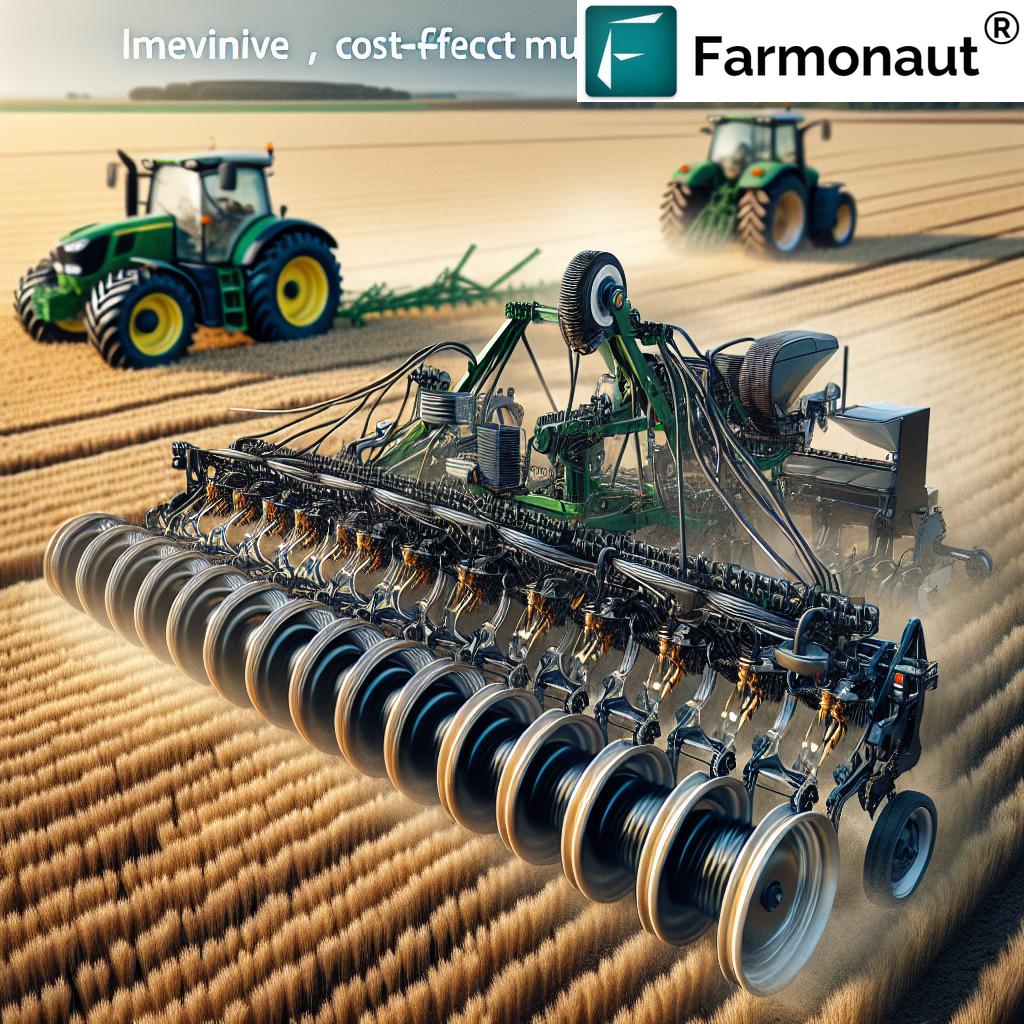UK Farmers: Revolutionize Your Land Use with New Permitted Development Rights
“UK’s proposed PDR changes could allow farm building conversions up to 1,000 square meters, a significant increase from current limits.”
We are witnessing a transformative era for UK agriculture as the government proposes significant changes to permitted development rights (PDRs) for farmers. These amendments aim to streamline the process of converting farm buildings for residential and commercial uses, potentially revolutionizing rural economies. In this comprehensive blog post, we’ll explore how these changes could impact your farm, from simplified building conversions to new revenue streams, and discuss the potential benefits for the wider rural community.
Understanding Permitted Development Rights for Farmers
Permitted development rights (PDRs) are a crucial aspect of agricultural development in the UK. These rights allow certain types of development to be carried out without the need for a full planning application. For farmers, PDRs have traditionally provided some flexibility in managing their land and buildings. However, the proposed changes aim to significantly expand these rights, offering new opportunities for farm diversification and rural growth.
Current vs. Proposed PDRs: A Comparison
To better understand the potential impact of these changes, let’s compare the current PDRs with the proposed amendments:
| Aspect | Current PDRs | Proposed PDRs |
|---|---|---|
| Maximum size for building conversions | 150 square meters | Up to 1,000 square meters |
| Allowed temporary uses | Limited options | Includes recreational campsites for up to 60 days annually |
| Residential conversion limits | 3 dwellings per farm | Potentially increased (exact number TBC) |
| Commercial use allowances | Restricted to certain types of businesses | Expanded to include a wider range of commercial activities |
| Restrictions on land use changes | Strict limitations on changing agricultural land use | More flexibility for temporary and permanent land use changes |
This comparison illustrates the potential for significant expansion in what farmers can do with their property without going through lengthy planning processes.
Key Benefits of the Proposed PDR Changes
- Increased Flexibility: Farmers will have more options for utilizing their existing buildings and land.
- Diversification Opportunities: The changes support farm diversification strategies, allowing farmers to explore new revenue streams.
- Rural Economy Boost: By enabling more commercial and residential developments, these changes could invigorate rural communities.
- Simplified Planning Process: Reduced bureaucracy means farmers can act more quickly on development opportunities.
- Support for Sustainable Farming Practices: The changes align with the need for farms to adapt to changing economic and environmental conditions.
As we delve deeper into these benefits, it’s important to note how technology can play a crucial role in maximizing the potential of these new opportunities. Farmonaut, a leading agricultural technology company, offers innovative solutions that can help farmers make the most of their land and resources.
Expanding Building Conversion Opportunities
One of the most significant proposed changes is the increase in the maximum size for building conversions. This could open up new possibilities for farmers looking to repurpose underutilized agricultural structures.
Potential Uses for Converted Farm Buildings
- Rural Housing: Converting barns or other farm buildings into residential properties can help address rural housing shortages.
- Commercial Spaces: Create offices, workshops, or retail spaces to support local businesses and entrepreneurship.
- Tourism Accommodations: Develop unique holiday lets or boutique hotels to tap into the growing rural tourism market.
- Community Facilities: Establish spaces for local community use, such as meeting halls or recreational centers.
These conversions not only provide new income streams for farmers but also contribute to the vitality of rural communities. However, managing such diversified operations requires careful planning and efficient resource allocation.
Embracing Temporary Land Uses
“The new PDRs may permit temporary campsites on farmland for up to 60 days annually, boosting rural tourism opportunities.”
The proposed changes to PDRs include provisions for temporary land uses, such as recreational campsites. This presents an exciting opportunity for farmers to diversify their income without making permanent changes to their land.
Benefits of Temporary Land Use Options
- Seasonal Income: Capitalize on peak tourism seasons without year-round commitment.
- Flexibility: Easily revert land back to agricultural use when needed.
- Low Investment: Temporary uses often require less capital investment than permanent structures.
- Community Engagement: Create opportunities for urban visitors to connect with rural life and agriculture.
To effectively manage temporary land uses, farmers can leverage technology to streamline operations and enhance visitor experiences. Farmonaut’s satellite-based solutions can help in land management and resource allocation, ensuring optimal use of farm areas for both agricultural and temporary commercial purposes.
Explore Farmonaut’s API for advanced land management solutions
Residential Conversions: Addressing Rural Housing Needs
The potential increase in residential conversion limits under the new PDRs could significantly impact rural housing availability. This change addresses two critical issues:
- The shortage of affordable housing in rural areas
- The need for farmers to diversify their income streams
Considerations for Residential Conversions
- Planning and Design: Ensure conversions are sympathetic to the rural landscape and local architectural styles.
- Infrastructure: Consider the impact on local services and utilities, such as water supply and waste management.
- Community Integration: Plan how new residents will integrate into the existing rural community.
- Long-term Management: Decide whether to sell or rent converted properties, considering the implications for farm operations.
Effective management of residential conversions requires careful planning and monitoring. Farmonaut’s technologies can assist in mapping and planning these developments, ensuring they complement existing farm operations.
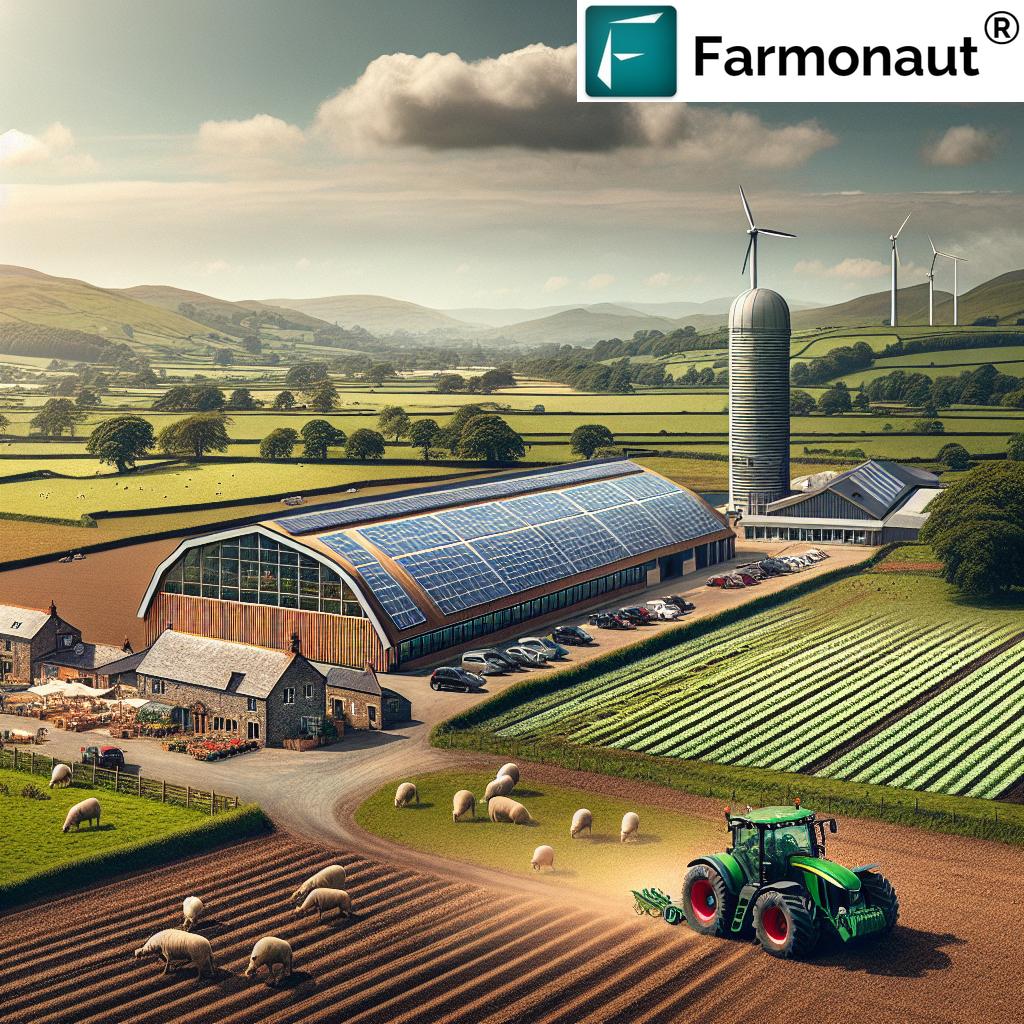
Expanding Commercial Opportunities on Farms
The proposed PDR changes are set to broaden the scope of commercial activities permitted on farmland. This expansion could lead to a more diverse and resilient rural economy.
Potential Commercial Ventures
- Farm Shops and Markets: Sell produce directly to consumers, promoting local food systems.
- Artisanal Workshops: Create spaces for local craftspeople and artists.
- Educational Facilities: Develop centers for agricultural education and rural skills training.
- Wellness Retreats: Capitalize on the growing trend of rural wellness tourism.
These commercial ventures not only provide additional income for farmers but also create employment opportunities in rural areas. However, managing diverse business operations alongside traditional farming activities can be challenging.
The Role of Technology in Maximizing PDR Benefits
As farmers explore these new opportunities, the role of technology in agriculture becomes increasingly important. Precision agriculture technologies and agritech innovations can help farmers make the most of their land while maintaining efficient agricultural operations.
How Farmonaut Supports Farm Diversification
- Satellite-Based Crop Monitoring: Optimize land use by identifying areas suitable for development without compromising productive farmland.
- AI-Driven Advisory: Receive personalized recommendations for crop management, allowing efficient use of remaining agricultural land.
- Resource Management Tools: Effectively allocate resources between traditional farming and new commercial ventures.
- Weather Forecasting: Plan outdoor activities and manage crops with accurate, localized weather predictions.
By integrating these technologies, farmers can make data-driven decisions about land use, ensuring that both agricultural production and new development opportunities are optimized.
Sustainable Farming Practices and PDRs
The proposed PDR changes align with the growing emphasis on sustainable farming practices. As farmers diversify their operations, there’s an opportunity to implement more environmentally friendly approaches.
Integrating Sustainability into Farm Diversification
- Energy Efficiency: Incorporate renewable energy sources in building conversions.
- Water Management: Implement advanced irrigation systems and water conservation measures.
- Biodiversity: Create habitats for wildlife alongside new developments.
- Organic Farming: Dedicate portions of land to organic production methods.
Farmonaut’s technology can play a crucial role in monitoring and managing these sustainable practices, ensuring that farm diversification doesn’t come at the cost of environmental stewardship.

Navigating the Consultation Process
The UK government‘s consultation on these PDR changes is a crucial opportunity for farmers to shape the future of rural development. It’s essential for farmers to engage in this process and provide feedback on the proposals.
Key Points to Consider in Your Feedback
- How the proposed changes align with your farm’s needs and future plans
- Potential challenges in implementing the new PDRs
- Suggestions for additional flexibilities or safeguards
- The impact on local communities and rural economies
By actively participating in the consultation process, farmers can help ensure that the final PDR changes are practical, beneficial, and supportive of sustainable rural development.
Preparing Your Farm for the Future
As we await the outcome of the PDR consultation, there are steps farmers can take to prepare for potential changes and opportunities:
- Assess Your Assets: Evaluate your farm buildings and land to identify potential development opportunities.
- Market Research: Investigate local demand for housing, commercial spaces, or tourism facilities.
- Financial Planning: Consider the investment required for conversions and new ventures.
- Skills Development: Identify any new skills or knowledge needed to manage diversified operations.
- Technology Integration: Explore how precision agriculture tools can support both traditional farming and new ventures.
By taking these proactive steps, farmers can position themselves to take full advantage of the new PDRs once they come into effect.
The Future of UK Farming: Embracing Change and Innovation
The proposed changes to PDRs represent a significant shift in the UK’s approach to rural development and farm management. By embracing these changes and leveraging innovative technologies, farmers can create more resilient and diverse businesses while contributing to the vitality of rural communities.
As we look to the future, the integration of traditional farming practices with new commercial opportunities and sustainable approaches will be key to the success of UK agriculture. Companies like Farmonaut are at the forefront of this transition, providing the tools and insights needed to navigate this evolving landscape.
FAQ Section
Q: What are the main benefits of the proposed PDR changes for farmers?
A: The main benefits include increased flexibility in land use, opportunities for farm diversification, simplified planning processes, and potential for new income streams through building conversions and temporary land uses.
Q: How can farmers participate in the consultation process?
A: Farmers can participate by submitting their feedback to the government consultation, attending local meetings or workshops, and engaging with farming organizations that are collating responses.
Q: Will these changes affect environmental protections on farmland?
A: The proposed changes aim to balance development opportunities with environmental considerations. Farmers will still need to adhere to existing environmental regulations and are encouraged to incorporate sustainable practices in their development plans.
Q: How can technology help farmers make the most of these new PDRs?
A: Technologies like Farmonaut’s satellite-based solutions can help farmers optimize land use, manage resources efficiently, and make data-driven decisions about farm diversification and development opportunities.
Q: What types of commercial activities might be allowed under the new PDRs?
A: While specific details are still under consultation, potential commercial activities could include farm shops, artisanal workshops, educational facilities, wellness retreats, and expanded agritourism ventures.
Conclusion
The proposed changes to Permitted Development Rights represent a significant opportunity for UK farmers to revolutionize their land use and diversify their operations. By embracing these changes and leveraging innovative technologies like those offered by Farmonaut, farmers can create more resilient, sustainable, and profitable businesses while contributing to the revitalization of rural communities.
As we move forward, it’s crucial for farmers to stay informed about these developments, engage in the consultation process, and prepare their operations for the exciting opportunities that lie ahead. The future of UK farming is one of innovation, diversification, and sustainability – and these PDR changes could be a key stepping stone towards that future.



